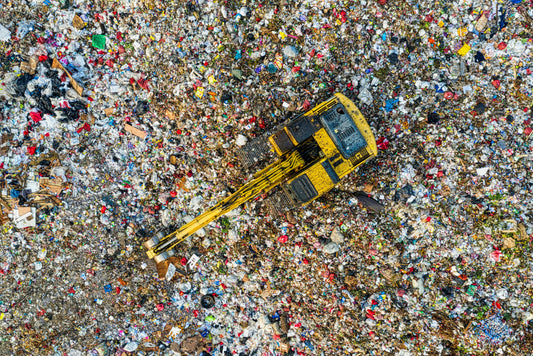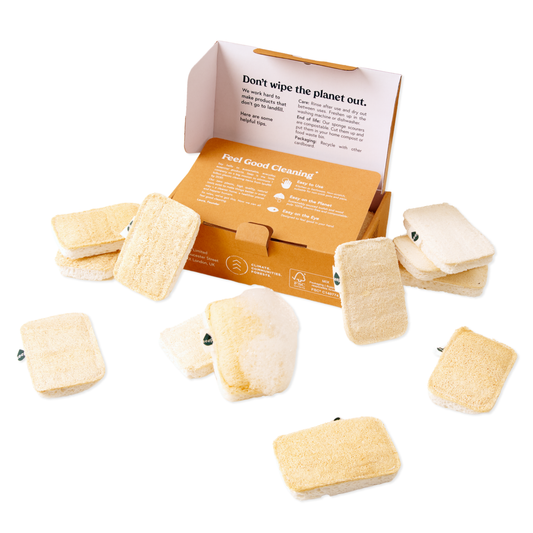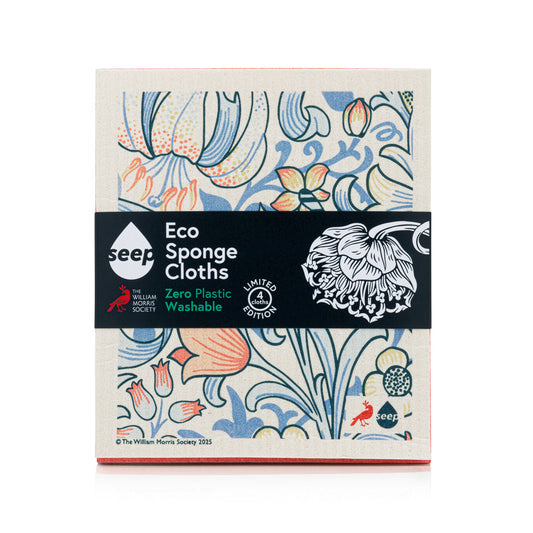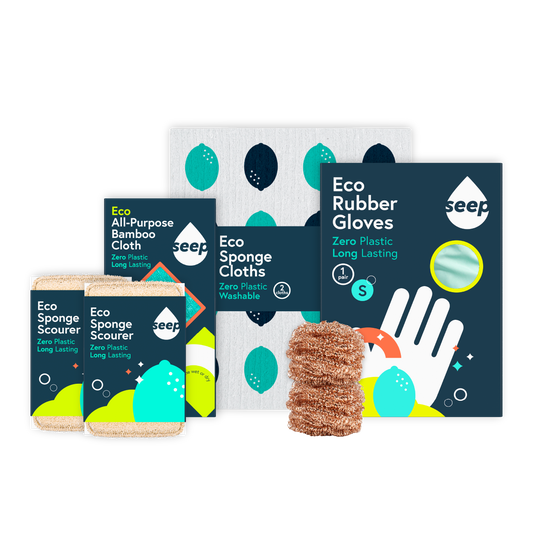
In the world of cleaning, one tiny yet mighty tool has taken centre stage – the microfibre cloth.
You've likely got one of these in your cleaning cupboard, but have you ever wondered how they are made? Clue: it involves plastic.
Microfibre cloths are made from incredibly fine synthetic fibres, to put it simply, these fibres are much thinner than a human hair. The creation of microfibre involves a blend of materials, with polyester and polyamide being the most common. Both polyester and polyamide are produced from petrochemicals, which are fossil fuel-based raw materials.
During washing and use, microfibre cloths shed microscopic plastic particles known as microplastics. These particles can find their way into water systems, contributing to the issue of plastic pollution in oceans and other ecosystems.
Polyester and polyamide are also non-biodegradable materials, meaning they do not naturally break down over time. When microfibre cloths reach the end of their life cycle, they will remain in the environment for an extended period, adding to the global plastic waste problem.
While microfibre cloths are great at cleaning, the environmental impact of plastic-based products is obviously concerning.
To address these concerns, why not try out an alternative?
1. Natural Fibre Cloths:
Consider opting for cleaning cloths made from natural fibres such as bamboo (like our ones here) or hemp. These materials are biodegradable and have a lower environmental impact compared to their synthetic counterparts.
2. Recycled Materials:
Choosing microfibre cloths made from recycled plastic bottles or other post-consumer materials helps repurpose existing resources, lessening the demand for new plastic production.
3. Multi-Use Cloths:
Extend the lifespan of your cleaning cloths by choosing durable, multi-use options. This not only reduces the frequency of replacements but also minimises your overall environmental footprint.






